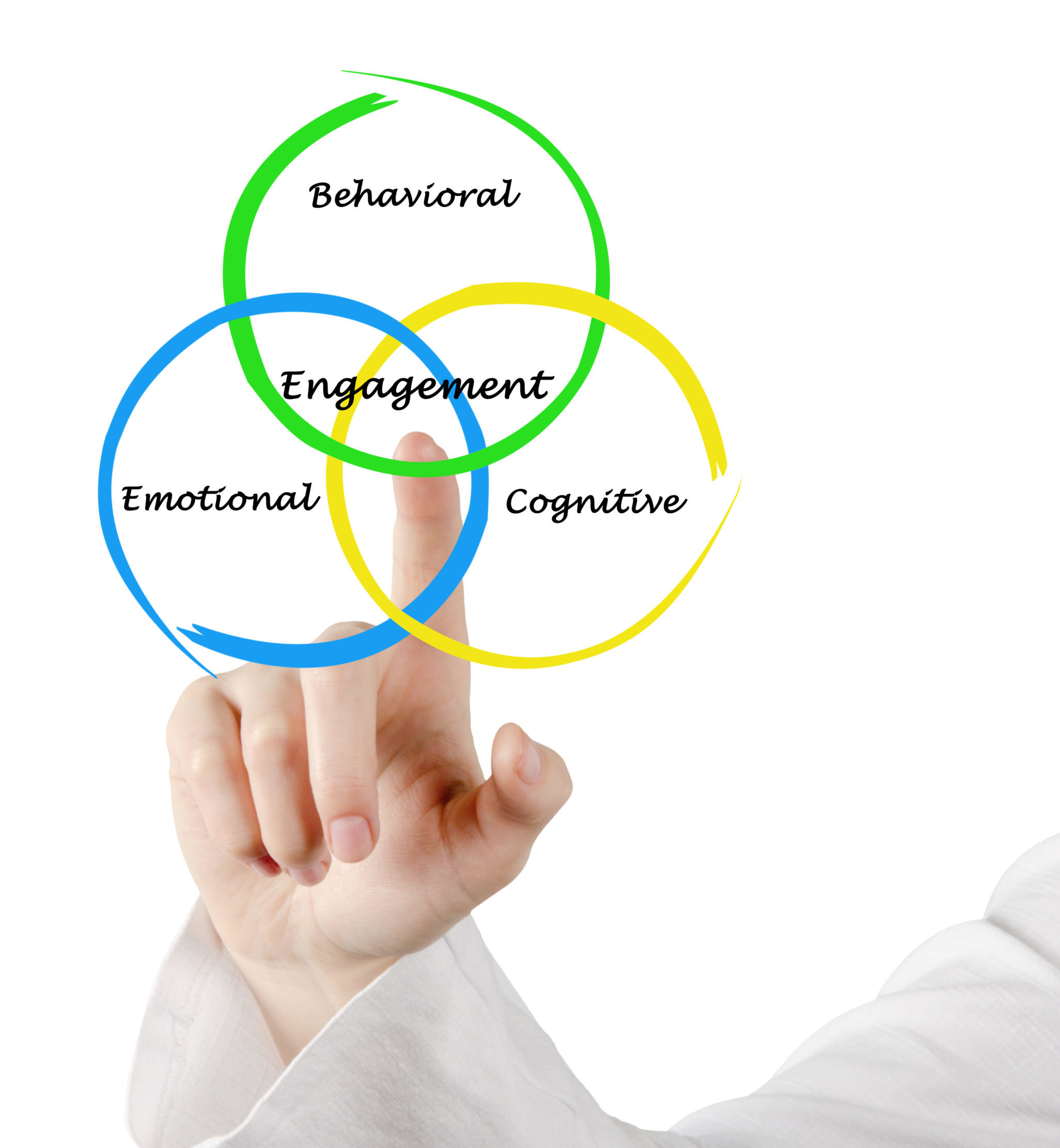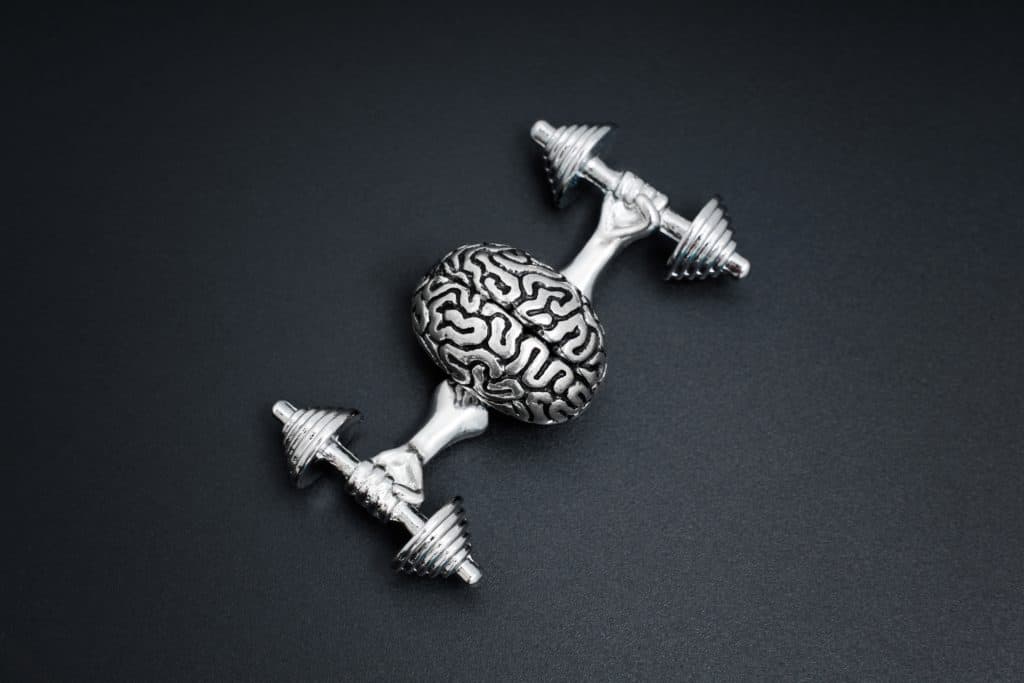CUSTOMER ENGAGEMENT

When significant cognitive effort is required to address situations encountered, and individuals engage in mental processes, such as decision-making, problem-solving, or learning, it is also termed as 'cognitive load' or 'friction'. It plays a crucial role in shaping our behavior and engagement. For example, when interacting with brands or services and their stimuli, cognitive friction can impact how individuals engage, influencing their satisfaction and cognitive factors of attention, perception and emotions. Low cognitive friction enhances engagement with the brand.
Let's Meet for a no-obligations chat
Addressing Cognitive Load
Understanding and managing cognitive friction is vital for designing effective experiences. Balancing challenges to stimulate engagement without overwhelming individuals, is key to growing optimal outcomes.
Beyond just the marketplace and consumer, in organizational contexts, recognizing cognitive load in consumer decision-making processes can also help improve communication efficacy. This ultimately impacts brand-consumer interaction. By acknowledging and addressing cognitive load, brands can create environments that support positive human behavior and enhance overall engagement.

